
10 Signs Your Company Needs AI-Powered Phishing Detection

Today, attackers are harnessing advanced artificial intelligence to craft hyper-personalized, deceptive emails that can fool even the savviest professionals. Today, the line between legitimate and malicious communication is increasingly blurred, making organizations more vulnerable than ever.
As AI-generated phishing attacks become more prevalent, it's crucial to recognize the warning signs that your current security measures might not be enough. Whether you’re noticing subtle changes in your email traffic, a surge in suspicious messages, or mounting reports of compromised credentials, these indicators are a call to action.
In this blog, we explore 10 clear signs that your company needs to upgrade to AI-powered phishing detection. We’ll delve into the evolving threat landscape, highlight the limitations of traditional defenses, and offer insights into how proactive, intelligent security solutions can help you stay ahead of cybercriminals. By recognizing these signs, you’ll be better equipped to safeguard your organization from evolving email threats.
1. Rising Number of Phishing Incidents
The Trend You Can’t Ignore
If you’ve noticed a steady increase in phishing attempts over the past year, it’s a strong sign that your current security measures are falling behind. Cyber attackers are now leveraging artificial intelligence to craft emails that are more convincing than ever before. What used to be clumsy, generic scams are now highly targeted and customized based on your company’s communication patterns.
Why It Matters
Increased Volume, Increased Risk: A higher number of phishing emails means a greater chance that one might slip through and trick an employee.
Complexity of Attacks: AI-generated phishing attacks are designed to bypass traditional filters, making them much more dangerous.
2. Increased Frequency of Zero-Day Exploits
What Are Zero-Day Exploits?
Zero-day exploits refer to vulnerabilities that are unknown to the software vendor and, therefore, have no existing patch or signature. Attackers using AI can quickly identify and exploit these vulnerabilities, launching phishing campaigns that traditional security tools can’t detect.
Why It Matters
High Risk of Breaches: Zero-day phishing attacks can lead to significant data breaches and financial losses because there is no pre-existing defense.
Rapidly Evolving Threats: The speed at which new vulnerabilities are exploited demands a dynamic security solution that can adapt in real time.
3. Growing Business Email Compromise (BEC) Cases
The Sophistication of BEC
Business Email Compromise (BEC) attacks have become more refined, with attackers impersonating high-level executives or trusted vendors. AI-driven phishing enables cybercriminals to mimic the language and style of legitimate emails, making these scams nearly impossible to distinguish from real communications.
Why It Matters
Financial Impact:
BEC attacks can result in substantial financial losses, often costing organizations millions in fraudulent transfers and remediation.
Targeted Attacks:
The personalized nature of these attacks means that even well-informed employees may fall victim if their defenses aren’t robust enough.
4. High False Positives and Alert Fatigue
The Challenge with Traditional Systems
Many legacy security systems generate an overwhelming number of false positives—alerts that turn out to be harmless. This can lead to “alert fatigue,” where your IT team becomes desensitized to warnings, potentially missing critical threats.
Why It Matters
Wasted Resources: Handling false positives consumes valuable time and effort from your security team.
Missed Threats: When your team is inundated with false alarms, there’s a higher risk of a real threat slipping through unnoticed.
5. Lack of Real-Time Threat Intelligence
The Importance of Being Up-to-Date
Cyber threats are not static—they evolve constantly. Relying on threat intelligence that is updated infrequently can leave your defenses outdated, making it easier for attackers to exploit emerging vulnerabilities.
Why It Matters
Delayed Response:
Without real-time updates, your system may not recognize the latest phishing tactics, leaving a gap in your security.
Inadequate Defense:
In today’s fast-moving threat landscape, having real-time intelligence is critical to anticipating and stopping new attacks.
6. Inadequate Employee Training
The Human Factor
Despite advances in technology, employees remain one of the most vulnerable points in cybersecurity. Without regular, effective training, even the most sophisticated security systems can be undermined by human error.
Why It Matters
Increased Vulnerability: Untrained employees are more likely to fall for phishing scams, even if advanced security measures are in place.
Impact on Security Culture: A lack of awareness can lead to a weak security culture, increasing the risk of breaches across the organization.
7. Integration Challenges with Legacy Systems
The Struggle with Outdated Tools
Many organizations still rely on legacy email security systems that were designed for threats of the past. These systems often struggle to integrate with modern platforms like Office 365 or Google Workspace and can hinder operational efficiency.
Why It Matters
Complex Deployment: Outdated systems can be cumbersome to integrate and maintain, leading to gaps in your security infrastructure.
Limited Effectiveness: Legacy tools often fail to detect advanced, AI-powered phishing attacks, leaving your organization exposed.
8. Increased Regulatory and Compliance Pressure
Navigating the Regulatory Landscape
With growing cyber threats, regulatory bodies are imposing stricter guidelines on cybersecurity practices. Failing to meet these standards can result in hefty fines and damage to your reputation.
Why It Matters
Compliance Risks: Outdated security systems may not meet current regulatory requirements, leaving your organization vulnerable to legal and financial repercussions.
Reputation Damage: A data breach resulting from inadequate security can tarnish your brand and erode customer trust.
9. Significant Financial Losses Due to Phishing Attacks
The High Cost of Cybercrime
Phishing attacks can be incredibly costly. Beyond the immediate financial losses from fraudulent transactions, the long-term impact on your organization’s reputation and customer trust can be even more damaging.
Why It Matters
Direct Financial Impact: Successful phishing scams can result in significant monetary losses.
Indirect Costs: The aftermath of an attack—including downtime, remediation efforts, and loss of customer confidence—can further strain your resources.
10. The Need for a Future-Proof Security Strategy
Looking Ahead to 2025 and Beyond
Relying on outdated security measures is a risk that no organization can afford. Your defense strategy needs to be agile, proactive, and ready for the challenges of tomorrow.
Why It Matters
Evolving Threat Landscape: Cybercriminals are constantly innovating, and your security strategy must evolve as well.
Sustainable Protection: Investing in modern, AI-powered solutions ensures that your defenses remain effective as threats grow more complex.
Competitive Advantage: Organizations that adopt forward-thinking security measures not only protect their data but also gain a strategic edge over competitors.
Strategic Advantages for Your Organization
Rapid, Easy Deployment: Set up our AI-powered solution in just 5 minutes, ensuring immediate protection for your Office 365 environment.
Real-Time, Adaptive Detection: Our technology continuously scans every email and adapts to new threats, providing proactive, real-time defense.
Reduced Operational Burden: With intelligent filtering and low false-positive rates, your IT team can focus on strategic initiatives rather than chasing down false alerts.
Enhanced User Confidence: Clear, actionable alerts empower employees to make informed decisions, bolstering your overall security culture.
Cost-Effective and Scalable: Our solution delivers enterprise-grade security without the high costs and complexity of traditional systems, scaling seamlessly as your organization grows.
Future-Proof Security: Designed with 2025 in mind, our system evolves continuously with the threat landscape, ensuring your defenses remain robust and up-to-date.
Compliance and Trust: Stay ahead of regulatory requirements and protect your reputation with proactive, real-time threat detection.
Data-Driven Insights: Detailed analytics provide valuable insights into threat trends, helping you refine your security strategy and improve overall resilience.
Seamless Integration: Specifically engineered for Office 365, our solution integrates smoothly with your existing security ecosystem, ensuring no disruption to your workflow.
Proactive Financial Protection: Prevent costly breaches by detecting threats early, reducing both direct financial losses and indirect costs related to downtime and remediation.
Final Thoughts
The surge in AI-generated phishing attacks—characterized by sophisticated, personalized tactics—proves that traditional defenses are no longer sufficient. By identifying the 10 signs discussed in this post, you gain valuable insights into the evolving threat environment and the challenges that organizations face in 2025.
These indicators—from an increase in targeted phishing attempts and zero-day exploits to integration challenges with legacy systems—highlight the need for a proactive, adaptive approach to email security. Staying informed, continuously updating your threat intelligence, and fostering a culture of security awareness can significantly enhance your organization’s resilience against these advanced cyber threats.
Ultimately, the key takeaway is that understanding and adapting to these emerging risks is critical. Reflect on the insights shared here, assess your current security measures, and strategies that can better align your defenses with today’s sophisticated threat landscape.
If your company is experiencing any of these 10 signs, it’s a clear signal that you need to take action. Don’t wait until it’s too late—make the smart move to stop AI-generated phishing attacks and secure your digital future with StrongestLayer.
Contact us today to schedule a demo and learn how our solution can transform your email security.
Frequently Asked Questions
Q1: What is AI-powered phishing detection?
AI-powered phishing detection is a security solution that uses advanced machine learning and natural language processing to analyze email content, sender behavior, and metadata in real time. This technology helps identify and block sophisticated, AI-generated phishing attacks before they reach your inbox.
Q2: How does AI phishing detection work?
It works by continuously scanning incoming emails and comparing them against learned patterns of legitimate communication. Using Large Language Models, the system interprets the context and intent behind messages, detecting anomalies that indicate phishing or fraudulent behavior. This real-time analysis allows for rapid threat identification and response.
Q3: Why is AI-powered phishing detection important for businesses?
As cyber threats evolve, traditional security methods become less effective. AI-powered solutions adapt to new tactics quickly, reducing false positives and providing early warning against zero-day and hyper-personalized phishing attacks. This proactive approach protects sensitive data, minimizes financial loss, and maintains business reputation.
Q4: What are the benefits of using AI for phishing detection?
Key benefits include:
Real-Time Protection: Immediate detection and response to threats.
Adaptive Learning: Continuous improvement as the system learns from new threats.
Reduced False Positives: More accurate detection minimizes unnecessary alerts.
Scalability: Effective for organizations of all sizes, from small businesses to large enterprises.
Seamless Integration: Works well with modern platforms like Office 365 and Google Workspace.
Q5: How quickly can AI-powered phishing detection identify threats?
Our solution processes every incoming email in real time—typically identifying and neutralizing threats within seconds. This rapid response is critical for stopping zero-day attacks and preventing damage before it occurs.
Q6: What makes AI phishing detection more effective than traditional methods?
Traditional tools rely on static signatures and historical data, which can be easily bypassed by sophisticated, AI-generated phishing emails. In contrast, AI phishing detection uses contextual analysis and adaptive learning to understand the intent behind messages, making it much more effective against modern, evolving threats.
Q7: How does AI-powered phishing detection help stop AI-generated phishing attacks?
By leveraging advanced AI models, our solution can identify subtle anomalies in language and behavior that are typical of AI-generated phishing. This enables it to intercept and block these sophisticated attacks before they reach users, effectively reducing the risk of data breaches and financial loss.
Q8: Can AI-powered phishing detection integrate with my existing email platform like Office 365?
Yes, our solution is designed to seamlessly integrate with popular email platforms such as Office 365 and Google Workspace. This ensures that you receive robust, real-time protection without disrupting your existing workflow.
Q9: Are there real-world examples of businesses benefiting from AI-powered phishing detection?
Absolutely. Many organizations have reported significant reductions in phishing incidents—often by over 90%—after implementing our AI-powered solution. These real-world successes demonstrate how advanced threat detection can save time, reduce operational costs, and enhance overall security.
Q10: How can I measure the effectiveness of an AI phishing detection solution?
Key performance indicators include the number of phishing attempts detected and blocked, a reduction in false positives, improved response times, and overall incident reduction. Detailed analytics and reporting dashboards help track these metrics, allowing you to refine your security strategy continuously.




.png)
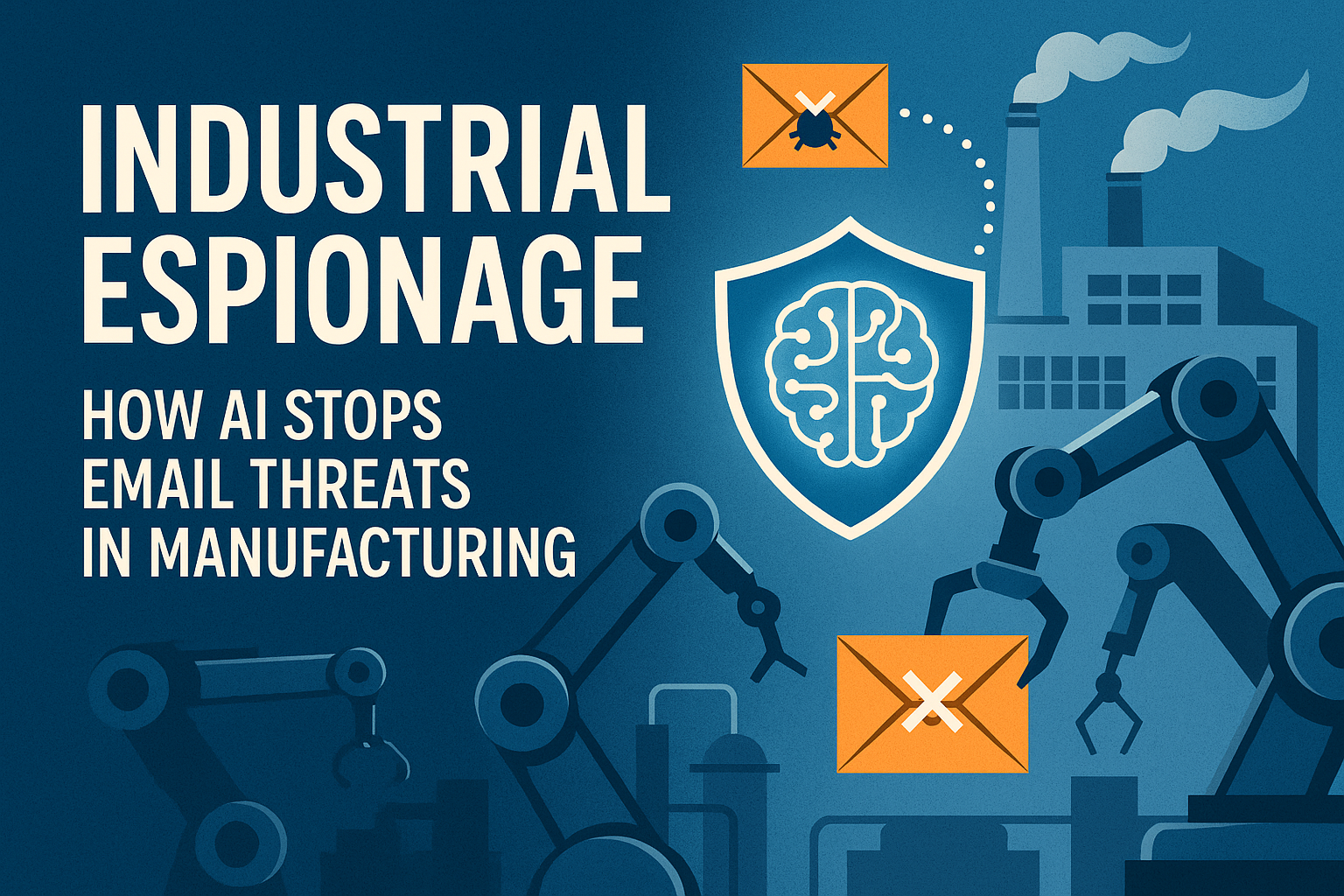

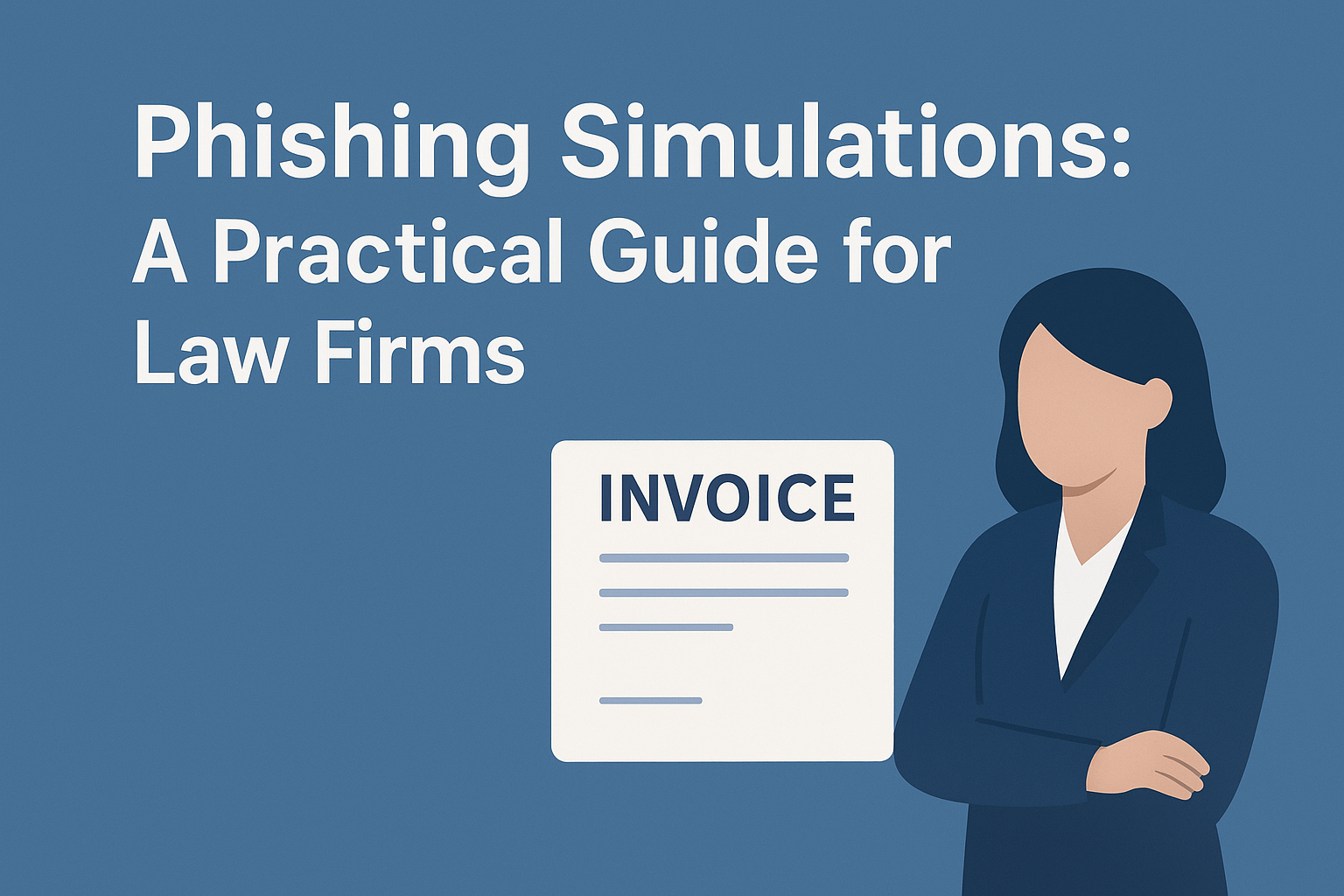
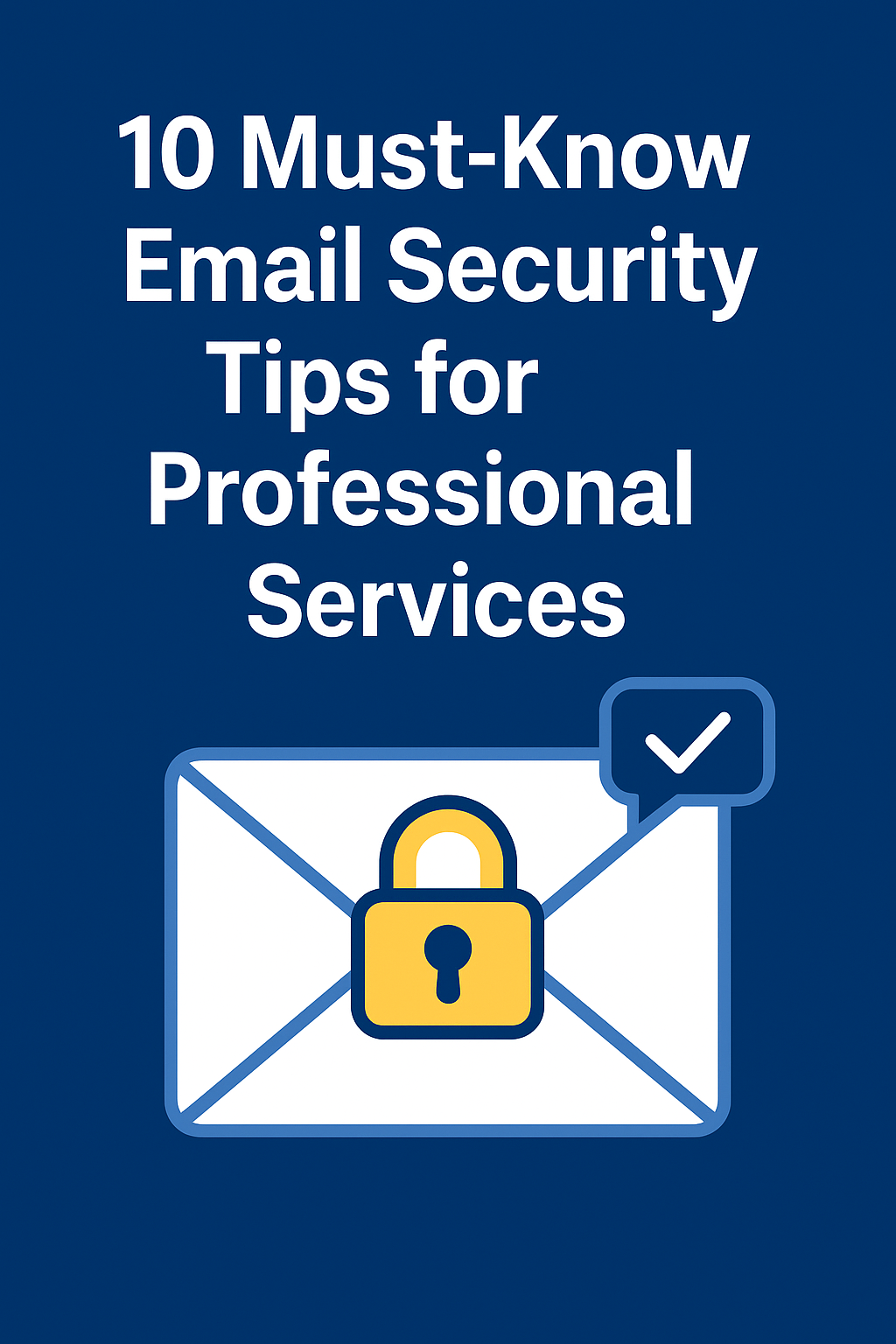

.png)
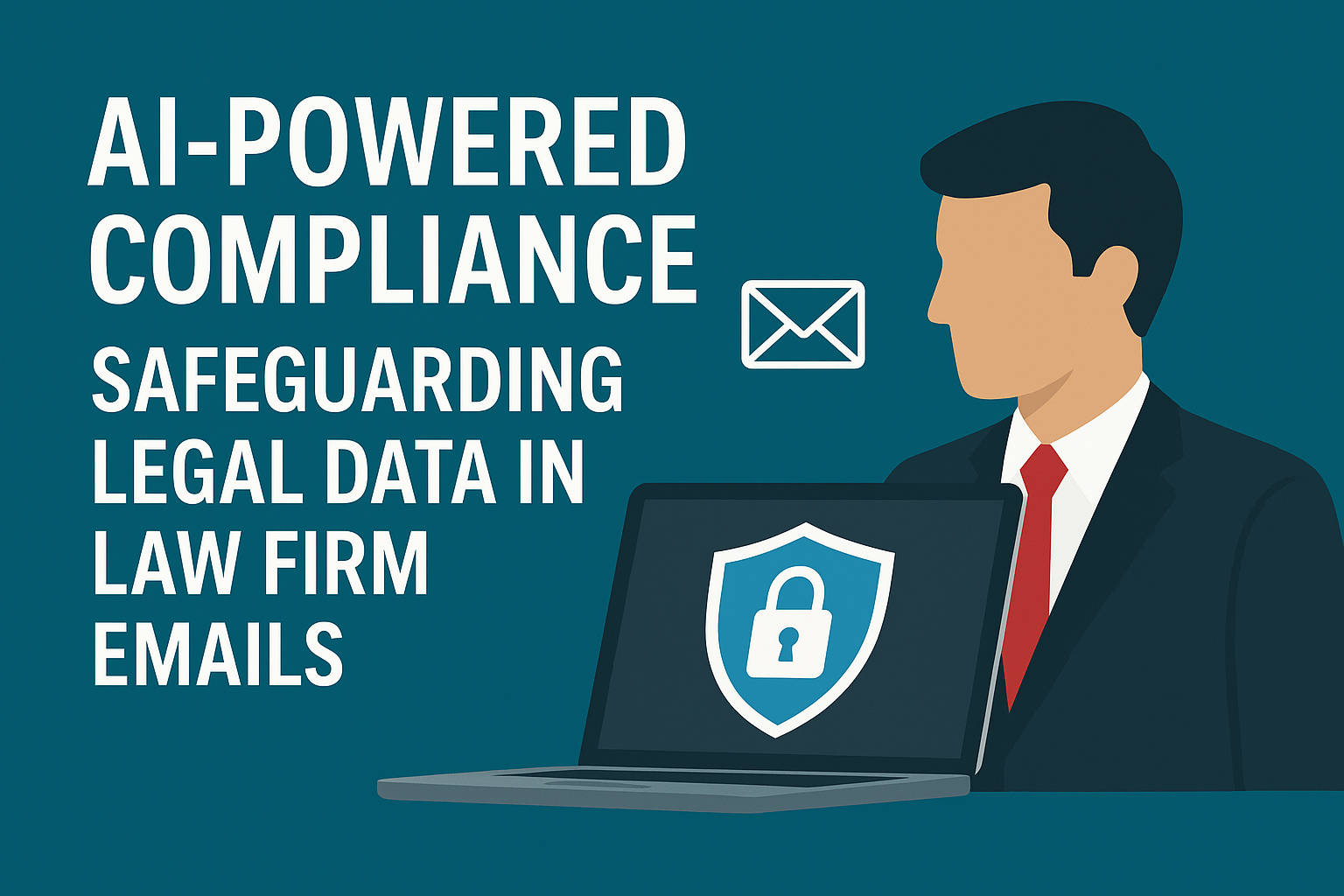
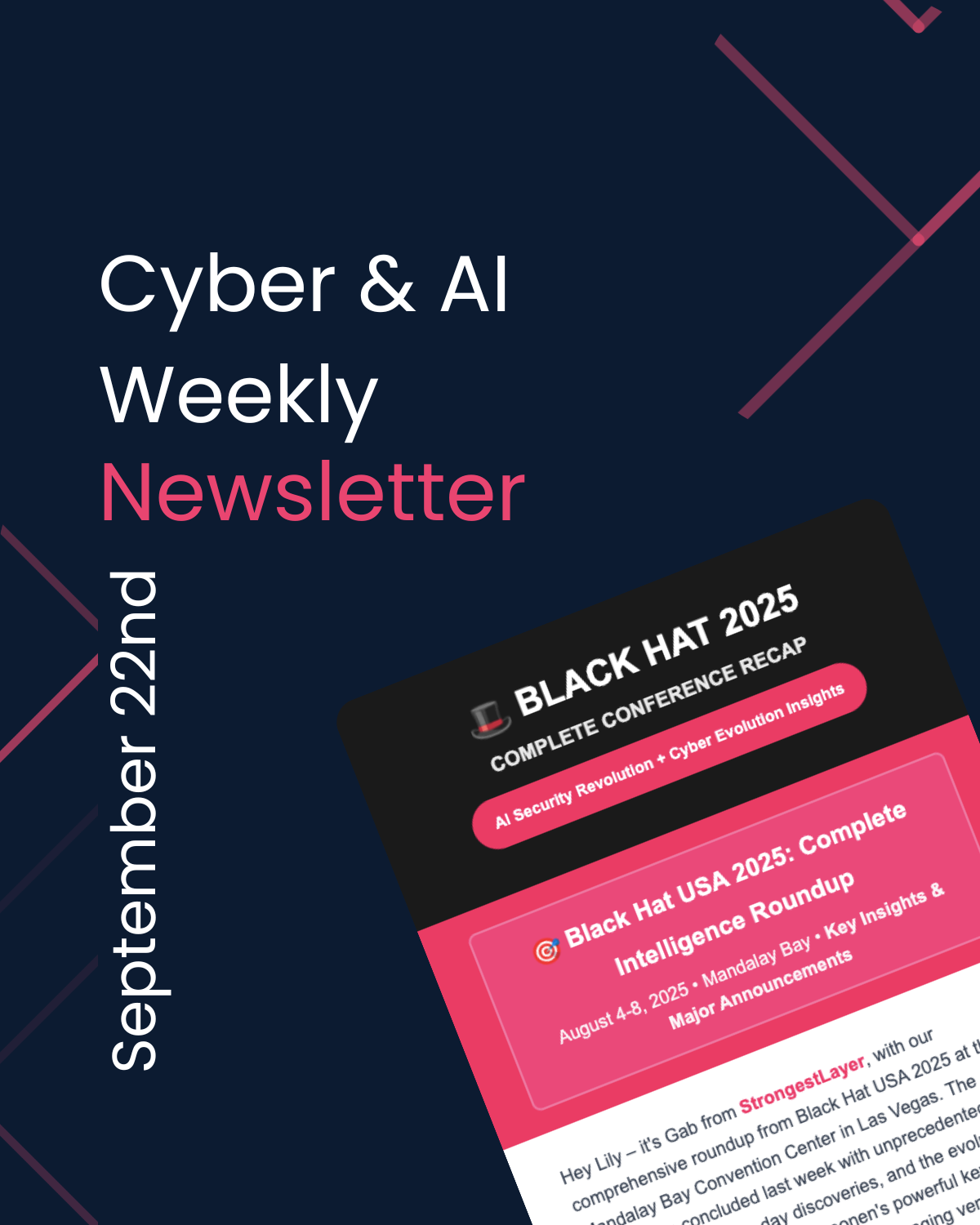




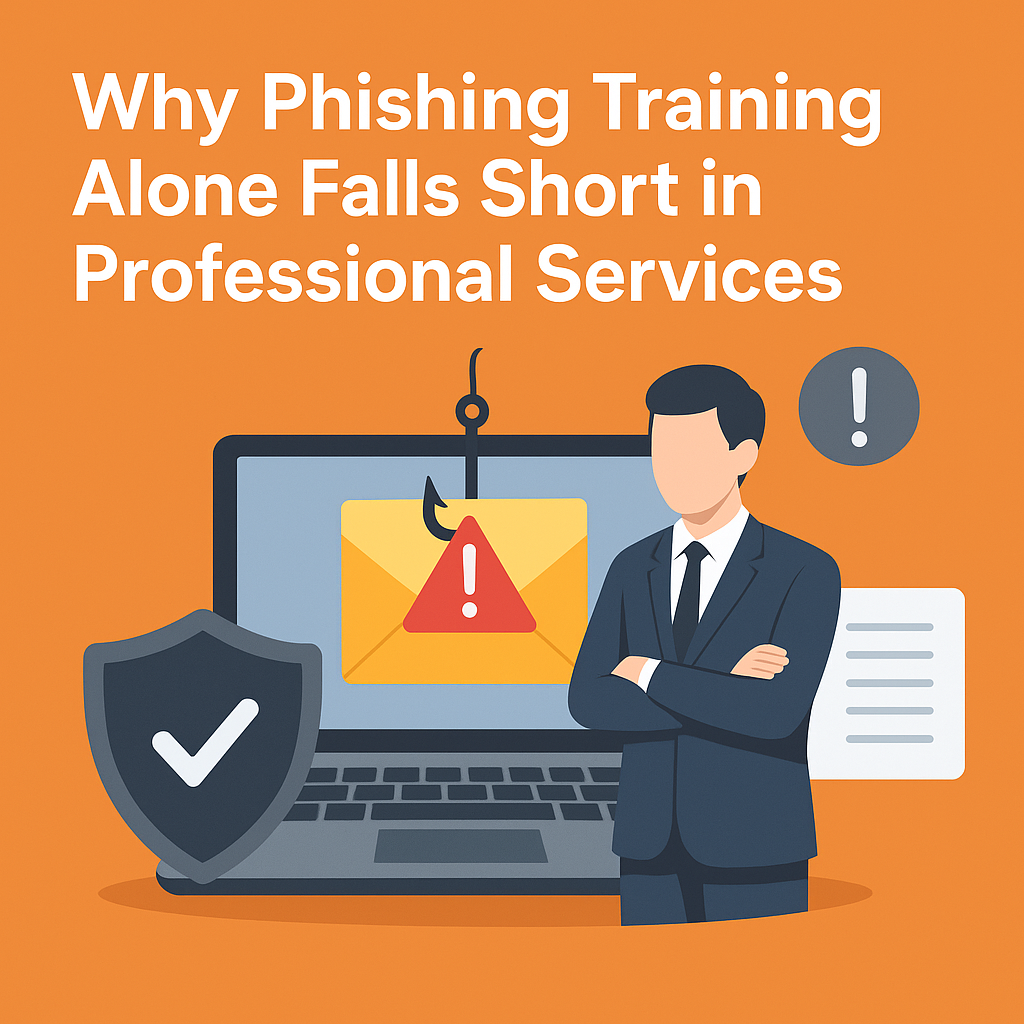

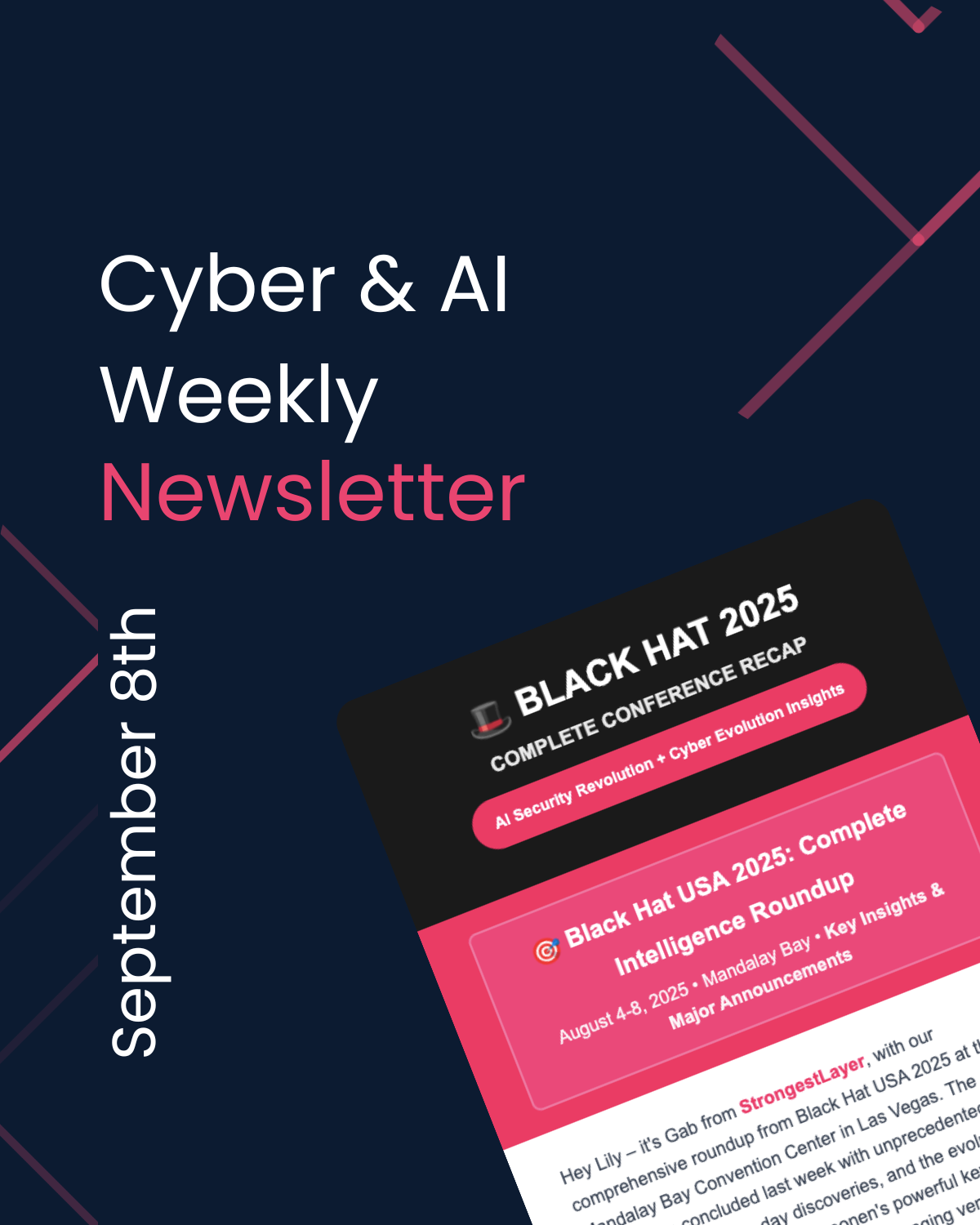


.png)

.png)

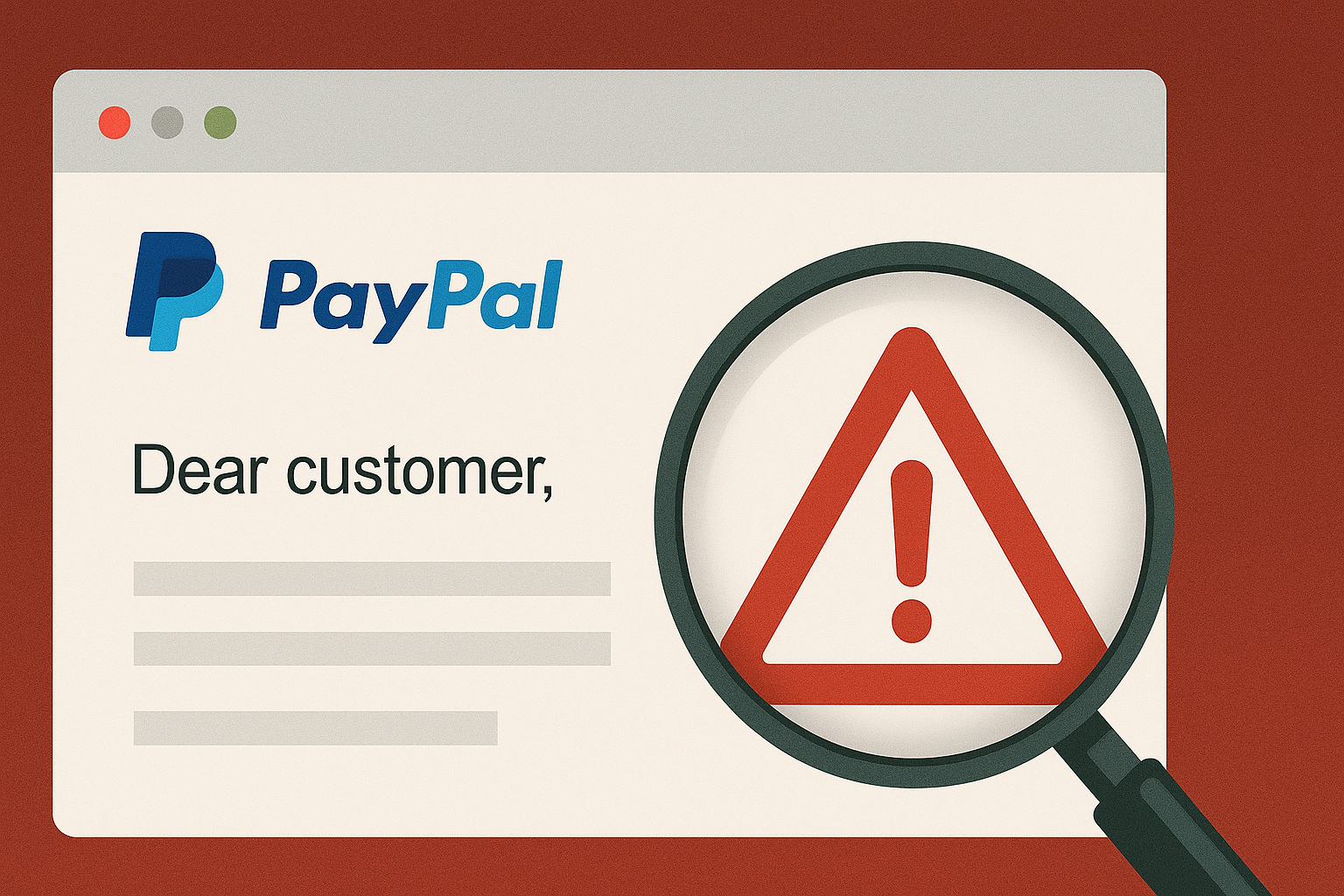
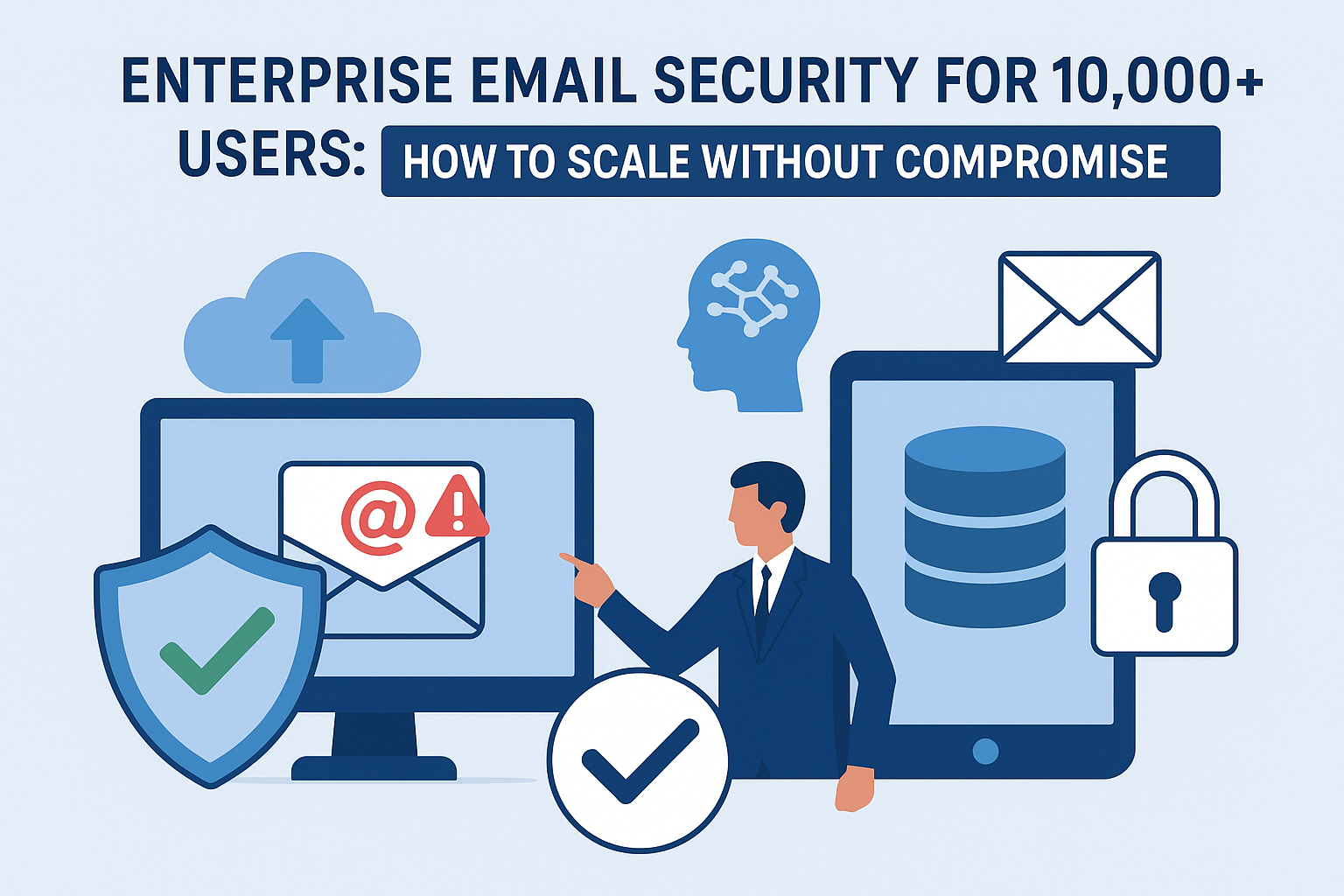
.png)
.jpg)
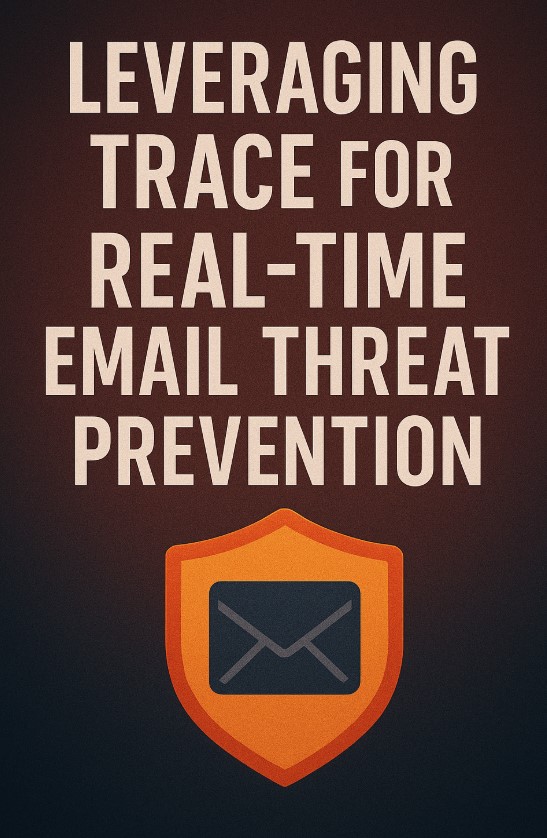
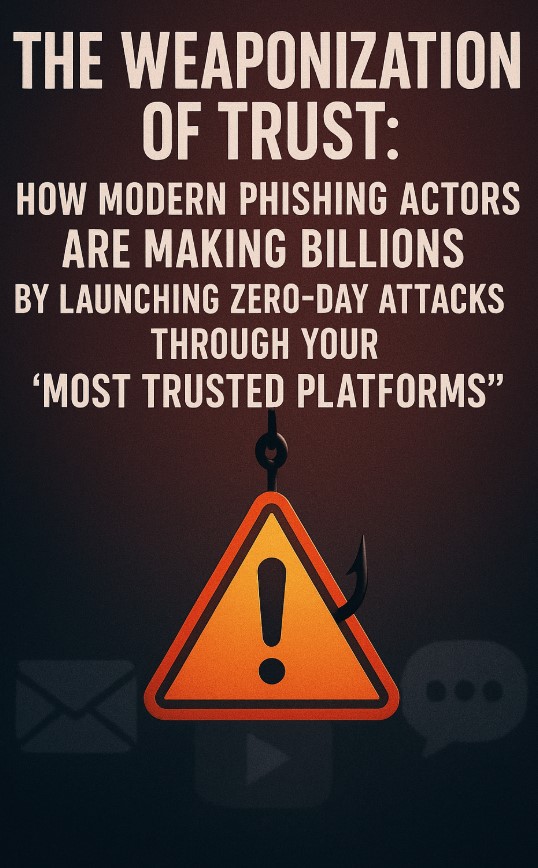
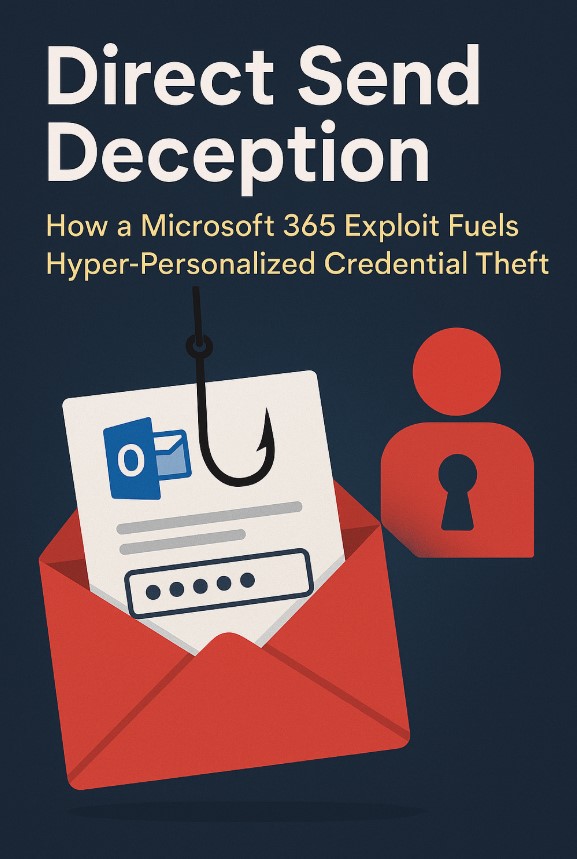
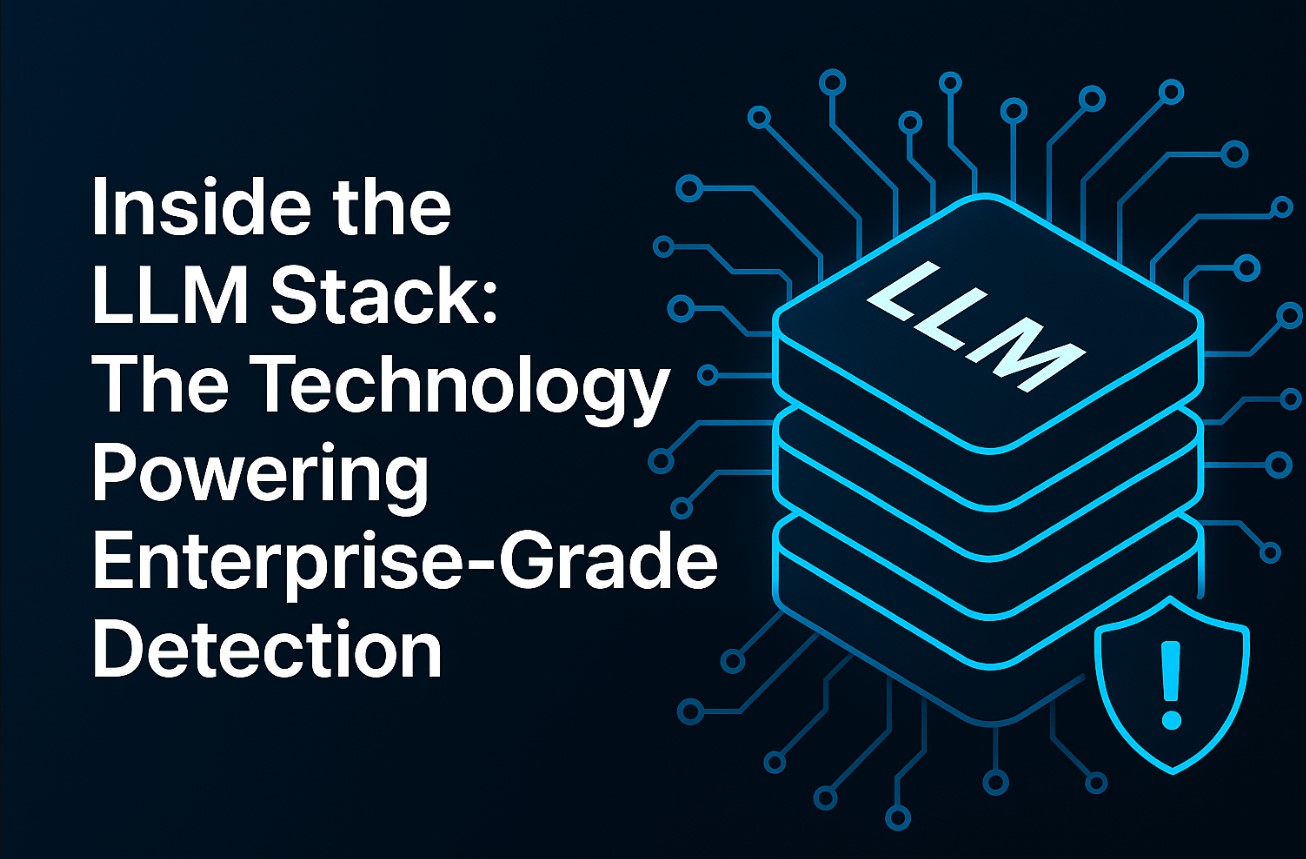
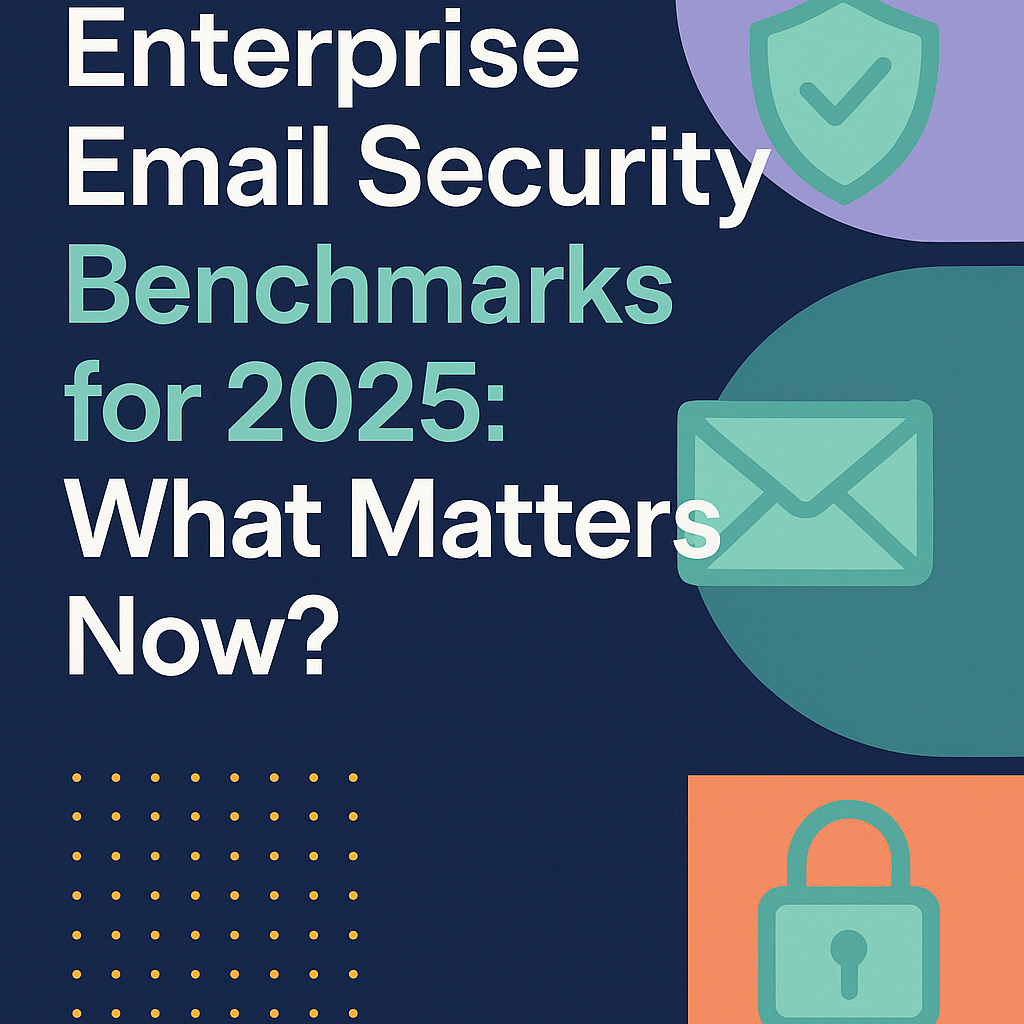


.png)







.png)






























%20Attacks%20in%202025.jpg)









